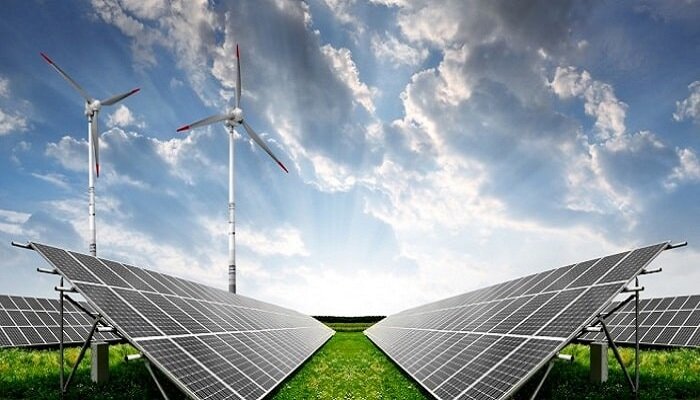Despite government efforts to cut their targets, non-hydropower renewables are estimated to experience the fastest growth in their contribution to South Korea’s electricity share and reach 46 gigawatts in 2032.
According to a report by Fitch, based on the forecast of 25 GW at the end of 2022, the non-hydropower sector is anticipated to grow at a rate of 6.3% annually.
It is true despite the government’s plans to abolish the goal of renewable energy making up 70% of the power mix by 2050 and reduce the objective for non-shared hydropower in the electricity mix to 21.5% from 30.2% in 2030.
Since increasing nuclear power has been once again a priority, they think that this does not represent a reduction in support for renewable energy but rather a scaling back of ambitious plans. They anticipate that during the next ten years, South Korea’s non-hydro renewables sector will develop at the highest rates of all power sources.
From 2031 to 2032, the Korea Energy Agency estimates that solar power will grow at a frequency of roughly 12 GW, primarily from large-scale and rooftop PV project tenders.
While onshore wind will expand, it will still face obstacles like a lack of available land and public reluctance to change how land is used. However, given the country’s coastal regions and increased investor interest, this will accelerate the development of offshore wind, with substantial upside risks.
As of January 2023, the nation will have offshore wind projects totalling about 28 GW, according to Fitch.







































